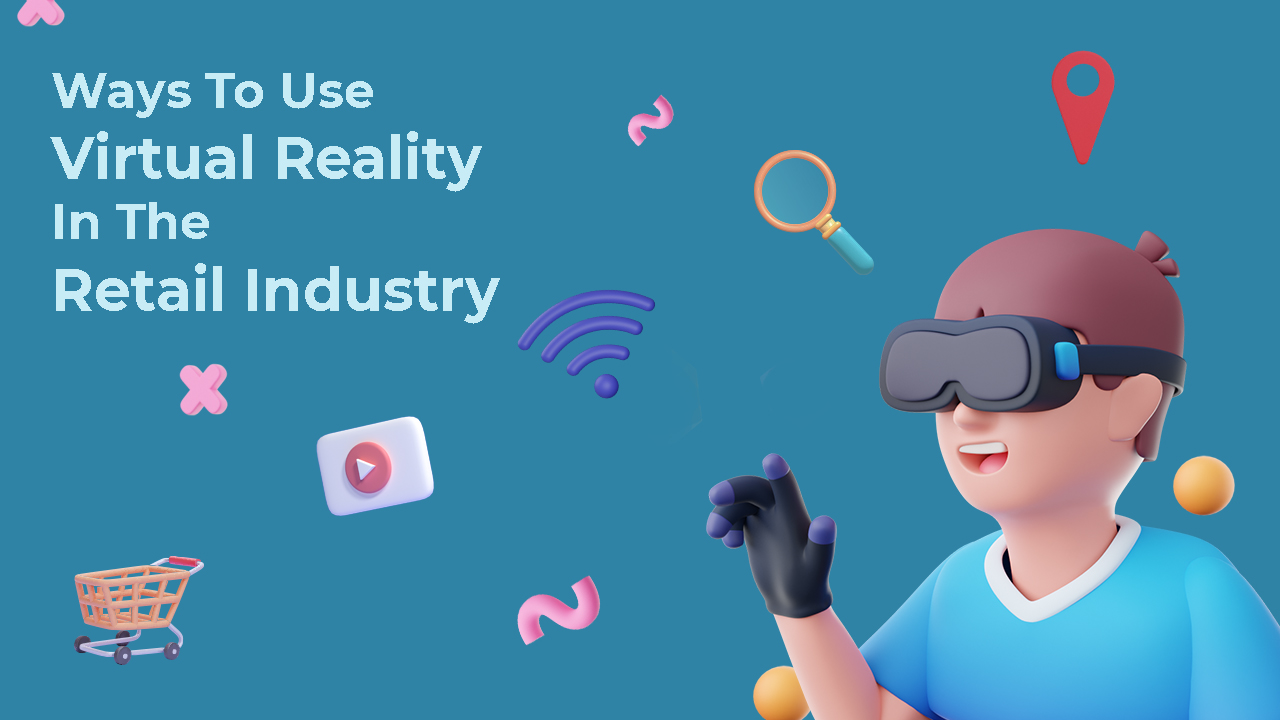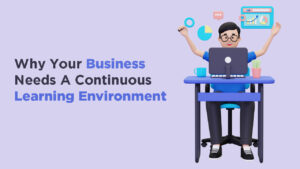How Virtual Reality is Transforming Retail Training
VR is a powerful tool for retail training and can be applied in various areas, including:
1. Employee Onboarding
Effective onboarding is essential in retail, as new hires must quickly adapt to brand standards, customer service expectations, and store operations. VR helps organizations streamline onboarding by immersing employees in a virtual retail environment before they step onto the sales floor.
🔹 Simulates real-world scenarios, preparing employees for workplace challenges.
🔹 Introduces company culture, values, and ethics through interactive experiences.
🔹 Reduces onboarding time and ensures employees are floor-ready faster.
2. Product Knowledge Training
Retail employees must have in-depth product knowledge to confidently assist customers and drive sales. Traditional product training can be overwhelming, but VR provides a hands-on, interactive learning experience.
🔹 Employees can explore products in 3D, compare features, and learn about benefits.
🔹 VR reduces product waste and training costs by eliminating the need for physical samples.
🔹 Enhances knowledge retention, ensuring employees provide accurate information to customers.
3. Sales Training
Sales success requires confidence, persuasive communication, and a deep understanding of consumer behavior. VR enables retail employees to practice sales techniques in a risk-free, immersive environment.
🔹 Role-playing exercises simulate real customer interactions, improving engagement.
🔹 Instant feedback allows employees to refine their sales pitch and techniques.
🔹 Encourages empathetic selling, helping employees understand customer needs better.
4. Customer Service Training
Providing exceptional customer service is a key differentiator in retail. VR allows employees to experience and respond to various customer scenarios, helping them develop conflict resolution and interpersonal skills.
🔹 Employees practice handling difficult customers in a controlled, simulated environment.
🔹 Enhances problem-solving abilities by exposing employees to realistic customer concerns.
🔹 Encourages empathy and patience, resulting in improved customer satisfaction.
5. Floor Operations & Merchandising
Retail floor operations involve inventory management, merchandising, and store layout optimization. VR offers a realistic store simulation, allowing employees to practice essential tasks without disrupting store operations.
🔹 Employees can navigate virtual store layouts and learn optimal merchandising techniques.
🔹 VR reduces training time by offering hands-on experience in simulated retail environments.
🔹 Enhances warehouse and order processing efficiency, improving overall store performance.
6. Package Handling & Safety Training
Proper package handling is crucial to minimizing damage, ensuring safety, and maintaining efficiency in retail logistics. VR training helps employees master the best practices in a risk-free setting.
🔹 Simulates warehouse environments, allowing employees to practice safe lifting techniques.
🔹 Teaches proper handling of fragile or hazardous materials, reducing workplace accidents.
🔹 Enhances operational efficiency by reinforcing best practices for shipping and receiving.
7. New Equipment Rollouts
Integrating new equipment and technology in retail can be challenging. VR allows employees to familiarize themselves with new tools and systems before they are implemented in-store.
🔹 Employees gain hands-on experience with new technology in a controlled setting.
🔹 Reduces downtime and errors by ensuring staff are confident in using new equipment.
🔹 Accelerates adoption of new systems, enhancing operational efficiency.
Conclusion
The virtual reality market in retail is growing rapidly, with increasing adoption due to its effectiveness in training and employee engagement. By offering immersive, interactive, and risk-free learning experiences, VR helps retail organizations:
✔ Enhance employee training and onboarding.
✔ Improve product knowledge and sales skills.
✔ Boost customer service and operational efficiency.
✔ Reduce training costs and risks associated with real-world practice.
As retail continues to evolve, VR will play an even greater role in empowering employees, improving customer experiences, and driving business success.






